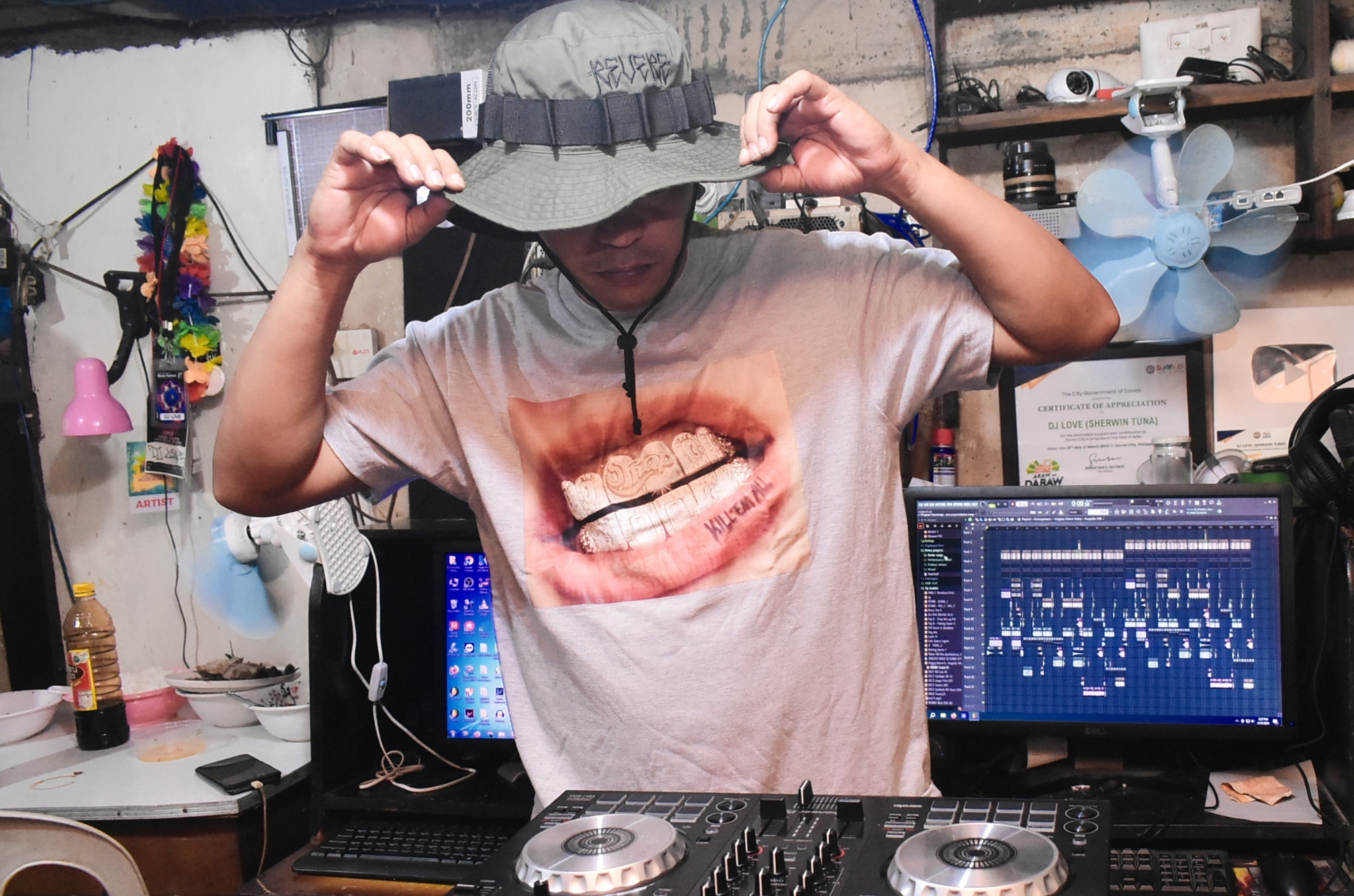 Features
Features
The year that budots broke: the Filipino spirit set to 140BPM
Adam Wright charts how budots pioneer DJ Love took the bouncy beats from the barangays to global stages & digital spaces
Budots could only have come from the Philippines: it’s full of positivity, joy and humour, it’s upbeat, it’s fun and mischievous, and it truly captures the Filipino spirit. And despite its humble beginnings in an internet cafe in a poor area of Davao City, the sound has truly gone global in the past year.
Taking influences from hardstyle and Eurodance but with a distinct Pinoy twist, the first truly Filipino genre of dance music is the sound of “a $3 Bluetooth speaker playing ‘Mr Saxobeat’ at a hawker stall at 3am,” according to DJ and radio host Derrick Gee—or as one of his friends memorably put it: “Inhaling the fumes of a freshly painted jeepney.”
Named after a slang term for “slacker” in the Bisaya language of the Southern Philippines, budots was first used as the name for a style of dance created by the glue-sniffing “rugby boys” of the country’s slums, and it originally mimicked their movements as they inhaled from bags of Rugby-brand adhesive or pointed gun fingers at their heads.
The dance was originally performed to foreign electronic dance music until, in the back of his internet cafe full of coin-operated PCs in Davao City, a budding producer named Sherwin Tuna started laying samples of jeepney horns, animal noises and other crazy sounds over pulsating off-beat basslines and cheesy synths, and gave birth to the budots music genre under the name DJ Love in 2009.
“Budots is the sound of the Philippines—you'll hear it everywhere from jeepneys through Metro Manila, to the driveways of Davao City in Mindanao, where DJ Love is from,” says David Zhou, founder of the London-based label Eastern Margins. “It’s become a symbol of the spirit and energy in the Philippines as a form of infectious, shrill and addictive 140BPM electronic music that's been co-opted by everyone from local churches to presidential campaigns.”
And now, thanks to the track ‘Emergency Budots’ by DJ Johnrey, budots is suddenly everywhere—the song has gone viral on TikTok and was even used recently by the campaign team of US presidential candidate Kamala Harris.
The track samples the 1984 track ‘Dr. Beat’ by Miami Sound Machine, and has been used in literally millions of posts on TikTok, mostly featuring women showcasing a series of outfits while swinging their shoulders and feet, but with no real knowledge of the history of budots or its signature dance moves.
Despite the success of ‘Emergency Budots’, DJ Love remains at the centre of the budots movement and he’s still basking in the glory of becoming the first DJ to bring budots to Boiler Room (leading to claims that the sounds was being gentrified or appropriated, but we’ll get to that).
He’s riding high after the release of his debut album ‘Budots World (Reloaded)’ last month (August) by Eastern Margins, which focuses on sounds from East and Southeast Asia. Notably, the album pushes the budots sound forward into new mutations such as bomb-tek, a harder, more techno-oriented version of budots.
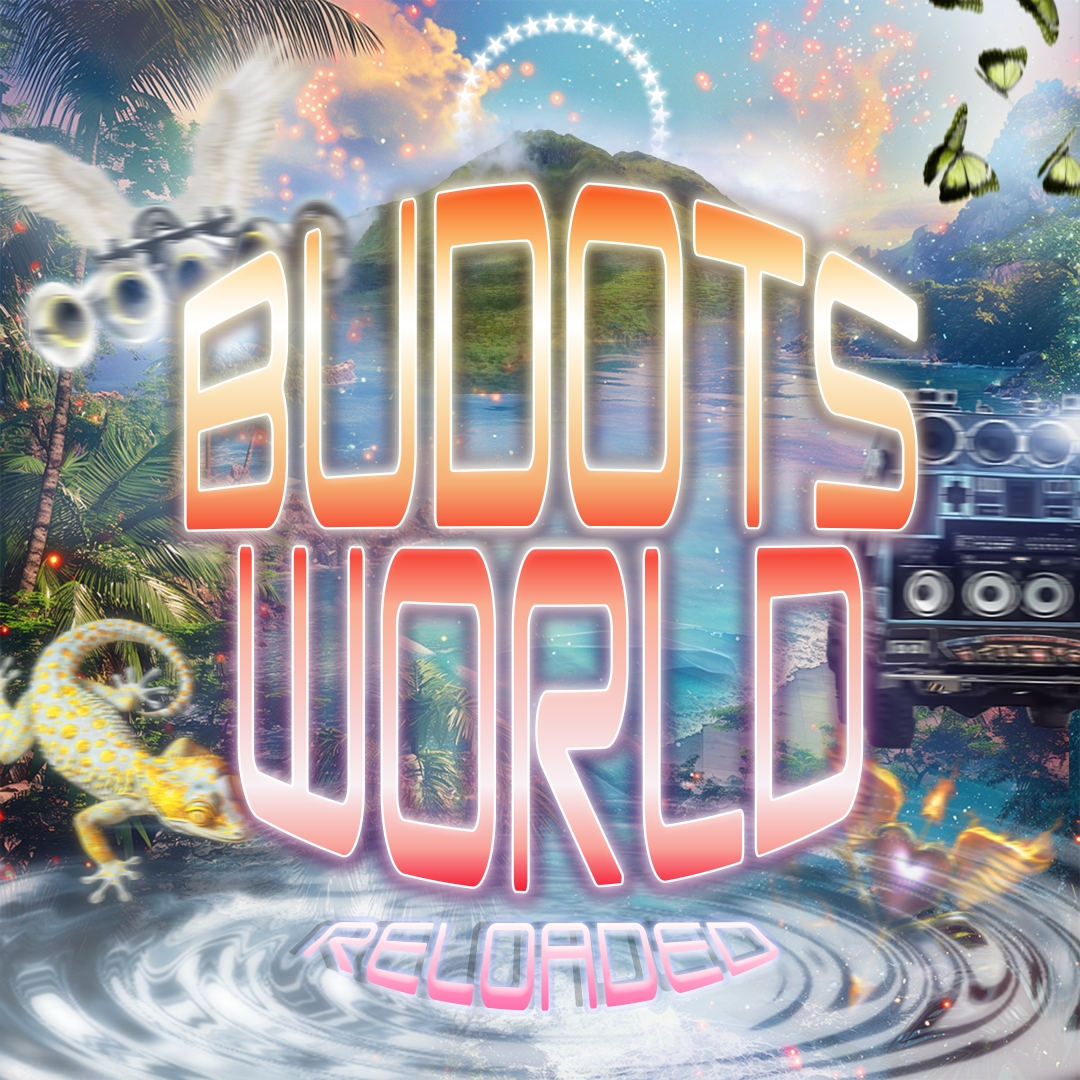
“We wanted to release ‘Budots World (Reloaded)’ because it's not a pure budots album—it's about pushing budots to its limits,” David Zhou says. “This isn't an album to catalogue or define budots, but it’s an album to test the limits. Everything from combinations with Thaibeat, to the new harder variants of bomb-tek, exist through the rich tapestry of DJ Love's creation.”
Label manager Elaine Zhao adds: “Eastern Margins is all about celebrating the creativity at the fringes of East and Southeast Asian contemporary culture. The fact that DJ Love started making these sounds while working as an internet cafe manager, experimenting with computers and synths, inspired by the cacophony of Davao City’s streets—which you can now hear very viscerally through the prevalent jeepney horns in certain songs—to me perfectly encapsulates why the Eastern Margins label exists.”
Read this next: Inside Budots, the Pinoy dance music phenomenon that took the Philippines by storm
DJ Love says that when he was developing the sound, his musical inspirations were Eurobeat acts such as The Vengaboys and Floorfilla, along with raunchy producers like DJ Bomba (just check out his ‘Honk If You Are Horny’ to feel the influence), “But the animal sounds that I hear in my surroundings are what truly inspire me to make music: lizards, dogs, chickens, anything I hear. I live in a squatter area so I take inspiration from everything: even my neighbours shouting at each other sounds like music to me.”
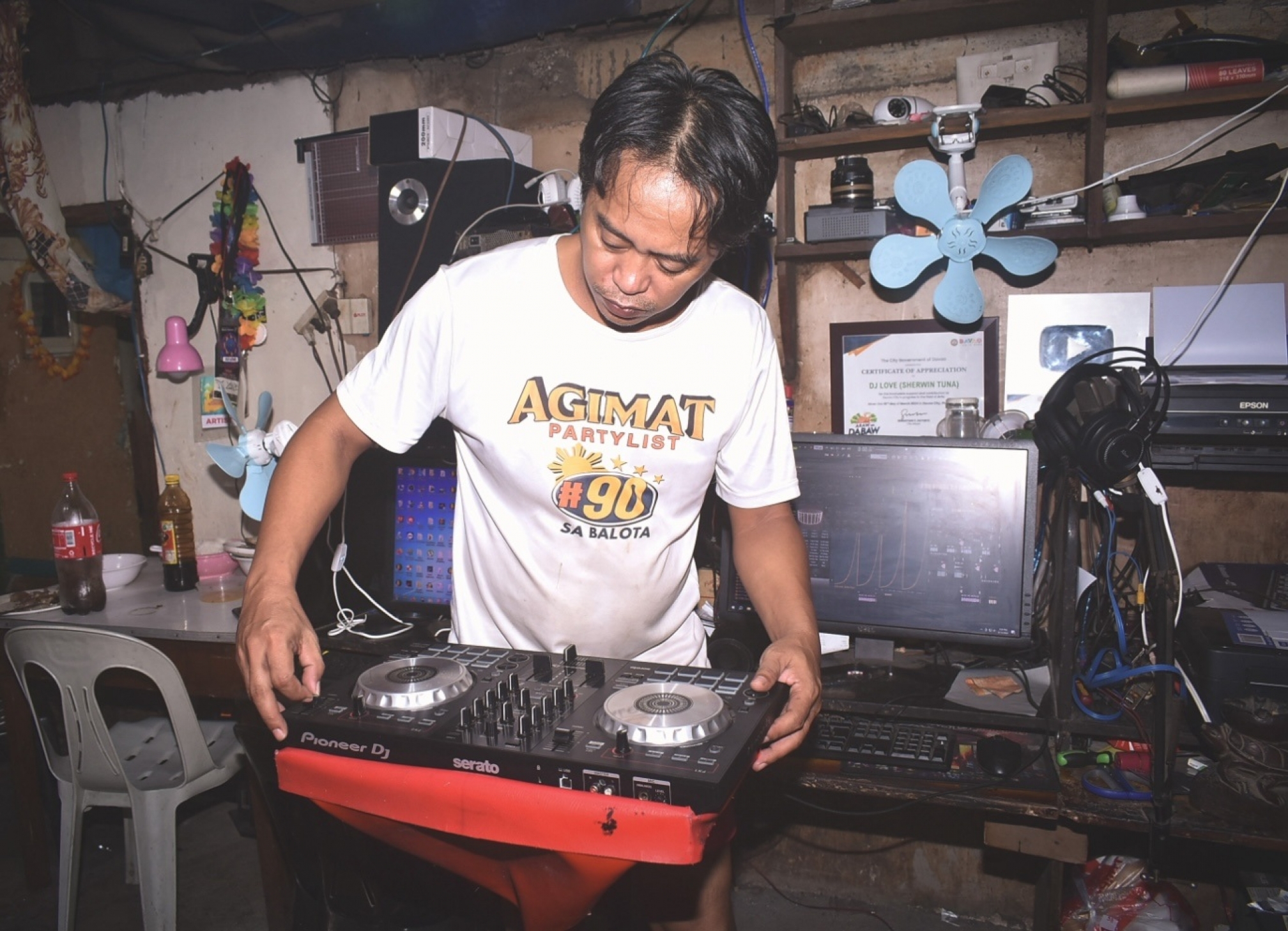
Davao City was hit hard by ex-Philippines president Rodrigo Dueterte’s war on drugs, and DJ Love saw first-hand the damage that both the crackdown and the drugs were having on his community. So he had his own solution: he created the budots dance groups Camusboyz and Camusgirls to get youngsters off the streets, and to learn about empowerment and join a community through dancing.
“Drug pushers were being killed because of the war on drugs and there were a lot of gangster groups and riots,” he tells Mixmag Asia. “I created the budots groups because I understood what these kids actually wanted: to be popular, to be known and seen. So instead of joining a gang, why not gain popularity through dancing? In my groups, there are four rules: no discos in the barangays [villages] especially at night, no to riots, no to drugs and yes to school.”
Read this next: A new photobook captures the early days of Manila's rave scene
DJ Love says he wasn’t surprised when budots started blowing up on TikTok this year because the sound had always had a presence on the platform. “Filipino people especially are very active on social media, but TikTok has immortalised budots forever, even if its popularity comes and goes.”
However, especially in the TikTok videos from the West, they’re usually getting the dancing wrong.
“Budots is a freestyle dance, but it does have its trademarks: like a gangster holding a plastic bag full of glue and smelling it. Or making a gun sign with your hand and pointing it towards your head,” DJ Love says. “And there’s also certain steps taken from native Badjao dance, or Filipino dances like the Tinikling or Muslim dances. Budots dancing was created by the tambays —people with no jobs—or gangsters. You always see them in barangay discos or provincial discos.”
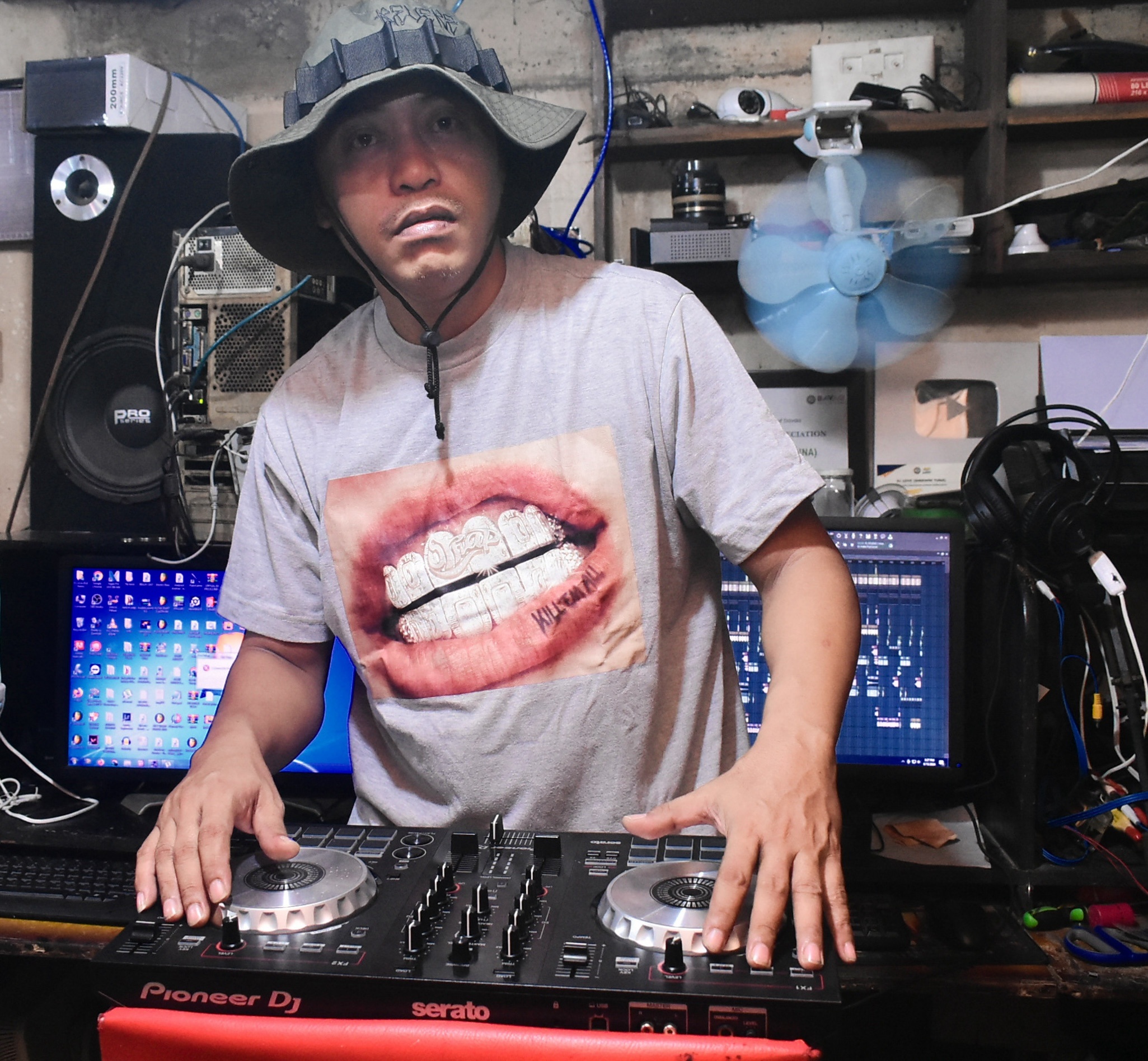
Read this next: How similarobjects is using music to amplify protests in the Philippines
Budots got its first big global exposure last year when Manila Community Radio won a grant from Boiler Room's Broadcast Lab, an initiative to fund and promote underrepresented scenes, communities and artists. The Boiler Room x Manila Community Radio gig in April 2023 included DJ Love on a line-up that showcased budots and its various offshoots, and videos of the gig on YouTube show the DJs having more fun than almost everyone else in the history of Boiler Room.
Despite the fact that almost every genre of dance music from house and techno to dubstep and grime has emerged from the margins of society, Boiler Room still faced accusations on social media that it was appropriating or gentrifying this music from the slums.
When asked about those claims of appropriation, Eastern Margins’ David Zhou says: “Culture is dynamic. To limit culture to its provenance is a form of restriction, which is just as damaging as its widespread proliferation without context. It's a balance. We recognise our position as outsiders who are not only based outside of Davao, but even outside of the Philippines. So ultimately, we're open to any and all judgment here. But we are very proud to have brought one of the originators and pioneers of budots to a wider audience, and we have tried to frame the release, the music and the art in its proper context.”
Read this next: Making waves, digging for treasure & preserving music at Siargao’s Barbosa
Elaine Zhao adds: “We want our releases to be a place of discovery for listeners: to help tell the subtle but influential stories that exist on the peripheries of Asia that are often overlooked as places worthy of culture, especially in the way that many Western audiences would typically expect. Budots is an anthropological journey of a sound coming from Filipino slums, being catapulted via our digital age and now solidifying its status as a respected and more ‘mainstream’ genre. I never expected the album to be covered by The Guardian, but rightfully so because it deserves to be celebrated by so many more people—budots to the world!”
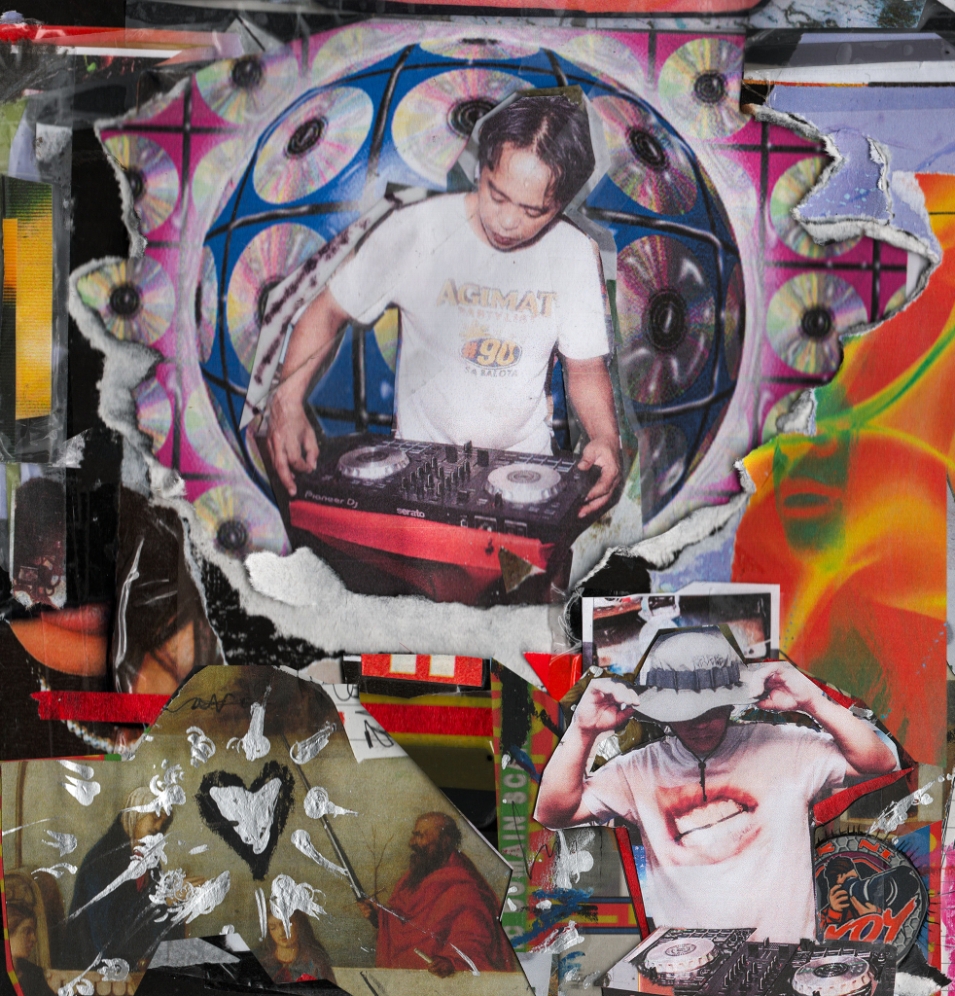
When interviewed recently by Mixmag Asia, DJ Love was preparing for his upcoming set at Eastern Margins’ new festival Margins United, taking place at the end of September in Hackney. It’s the first music festival in the UK centred around East and Southeast Asian culture, and also features artists including Gyrofield, Onra, No Rome and Alice Longyu Gao.
He sounded pretty excited—it’s not only his first gig outside of the Philippines, but he will be headlining the festival.
“I feel nervous, but I’ll fight this for the love of budots, because budots is all about happiness and I will share my happiness with them,” he says.
Adam Wright from Omni Agency is a contributor to Mixmag Asia; follow Omni on Instagram here.
Cut through the noise—sign up for our weekly Scene Report or follow us on Instagram to get the latest from Asia and the Asian diaspora!


